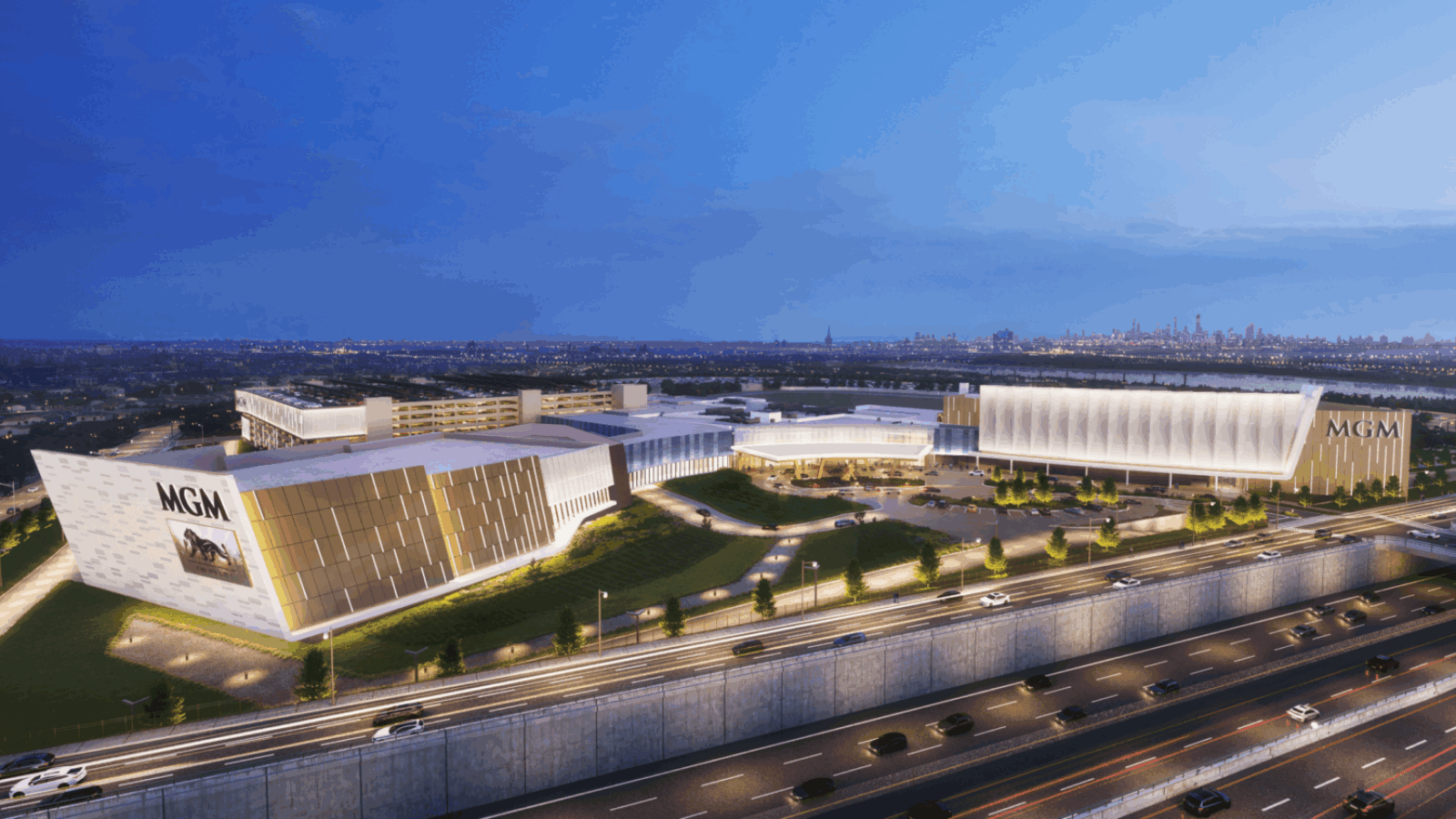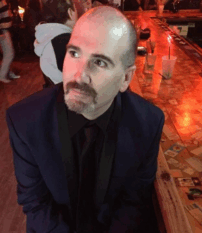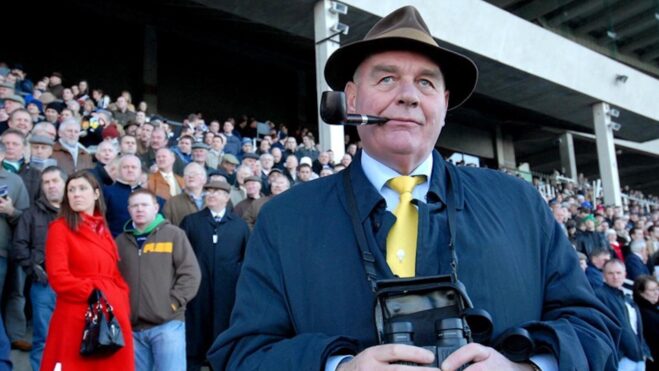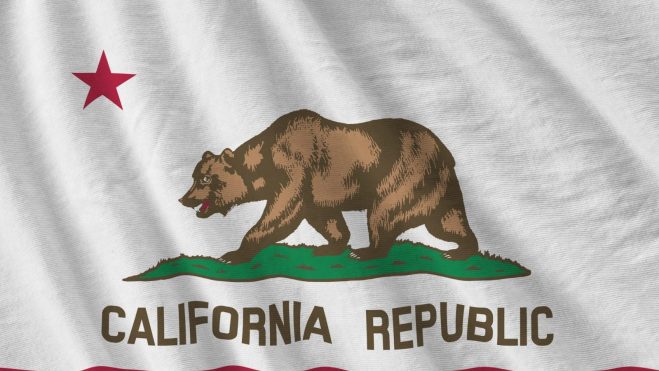MGM Shockingly Withdraws Downstate New York Casino License Application
Sudden exit by MGM met with claims of foul play by Yonkers mayor
3 min

MGM Resorts shockingly withdrew its application with the New York State Gaming Commission (NYSGC) for a downstate casino license Tuesday, citing potential lesser revenue returns for its proposed $2.3 billion expansion at Empire City.
MGM Empire City was considered a frontrunner for one of the $500 million licenses as an incumbent gaming venue since it currently offers gaming via video lottery terminals (VLTs) at Yonkers Raceway. The Community Advisory Committee (CAC) overseeing MGM’s proposal advanced the application to the NYSGC’s Gaming Facility Location Board (GFLB) by a unanimous 5-0 vote on Sept. 25, and the company’s expansion plans were largely supported by the local community at both public hearings.
“Today, MGM Resorts made the difficult decision to withdraw its application for a commercial casino license in Yonkers, New York,” the gaming company said Tuesday in a statement on its Investor Relations web page. “Since submitting our application in June, the competitive and economic assumptions underpinning our application have shifted, altering our return expectations on the proposed $2.3 billion investment.
“The newly defined competitive landscape — with four proposals clustered in a small geographic area — challenges the returns we initially anticipated from this project. Also, our proposal to renovate and expand Empire City Casino was predicated on the receipt of a 30-year commercial casino license but based on newly issued guidance from the State of New York we now expect to qualify for only a 15-year license. Taken together, these events result in a proposition that no longer aligns with our commitment to capital stewardship, nor to that of our real estate partner in Yonkers, VICI.”
The stunning exit leaves three applicants for as many as three licenses: fellow gaming incumbent Resorts World with its $5.5 billion proposal to expand its venue at Aqueduct Raceway; the $8 billion Metropolitan Park proposal fronted by New York Mets owner Steve Cohen and Hard Rock that would put a casino next to Citi Field; and the $4 billion Bally’s proposal to build a casino on its golf property at Ferry Point in the Bronx.
Four applications were rejected by their respective CACs, including all three Manhattan-based proposals.
Spano calls for investigation
Yonkers Mayor Mike Spano, who was arguably the biggest backer of MGM Empire City’s expansion, called on New York Gov. Kathy Hochul to launch an independent investigation into MGM’s withdrawal “because the reasons for its 180 degree reversal just don’t add up.”
In a statement released across his multiple social media outlets, Spano blasted MGM’s decision as “a betrayal to the people of Yonkers and Westchester County.” He added MGM’s withdrawal benefited Bally’s and President Donald Trump after the Trump Organization included a clause that would require Bally’s to pay it $115 million if it obtains a full casino license after acquiring the lease for the golf course in 2023.
“People need to be assured there is no linkage between MGM’s decision and the massive financial benefit to Donald Trump,” Spano’s statement read. “The people of Yonkers deserve to know if this process was tainted or manipulated in any way. MGM has publicly acknowledged that Empire City cannot survive without a full gaming license, so why are they signing their own death warrant?”
Location, location, location
It is hard to determine how much validity there is to MGM’s claim about the four proposed venues clustered in a small geographic area. Empire City and Resorts World are separated by 25 miles, and the two have co-existed downstate since Resorts World opened in 2011. MGM acquired the Empire City property in 2019.
Bally’s proposed venue at Ferry Point is roughly 12 miles from Empire City, while Metropolitan Park is approximately 16 miles away. Both those distances, however, are more than the nine miles that would separate Resorts World from Metropolitan Park.
Tuesday was also the deadline for the four applicants to blindly submit their proposed tax rates for their respective gaming venues, which MGM did not do. There were multiple scenarios to consider, including a rarely discussed one during the CAC process as the GFLB requested applicants provide tax rates based on scenarios in which either Resorts World or MGM Empire City continue to exist as a VLT-only gaming venue.
There is also a dynamic model for consideration in which all three licenses are awarded with one existing venue continuing to offer VLT play, three licenses are awarded in which both Resorts World and MGM Empire City are offered full casino licenses, and two licenses are awarded — one of them being either Resorts or Empire City — and the other continues to offer VLT play.
Both Spano and CAC Chair James Cavanaugh expressed concern in the run-up to advancing the application that MGM Empire City would close should it not receive a full casino license, something Spano repeated at the second public hearing Sept. 16.
“If we don’t get this casino, we all know that none of this happens,” Spano said, referring to the benefits in the community agreement signed between the two sides prior to it being advanced to the GFLB. “And that’s why we want to make sure that this does happen. That we want to put our best foot forward.
“Because at the end of the day, we want to show you that one, we’re united, we’re supportive. Two, we want to get the benefits that will go with this casino. Three, we want to make sure that this casino comes, and we have speed to market. We have the ability to basically move this process lightning fast. … We know what it means to our community.”






